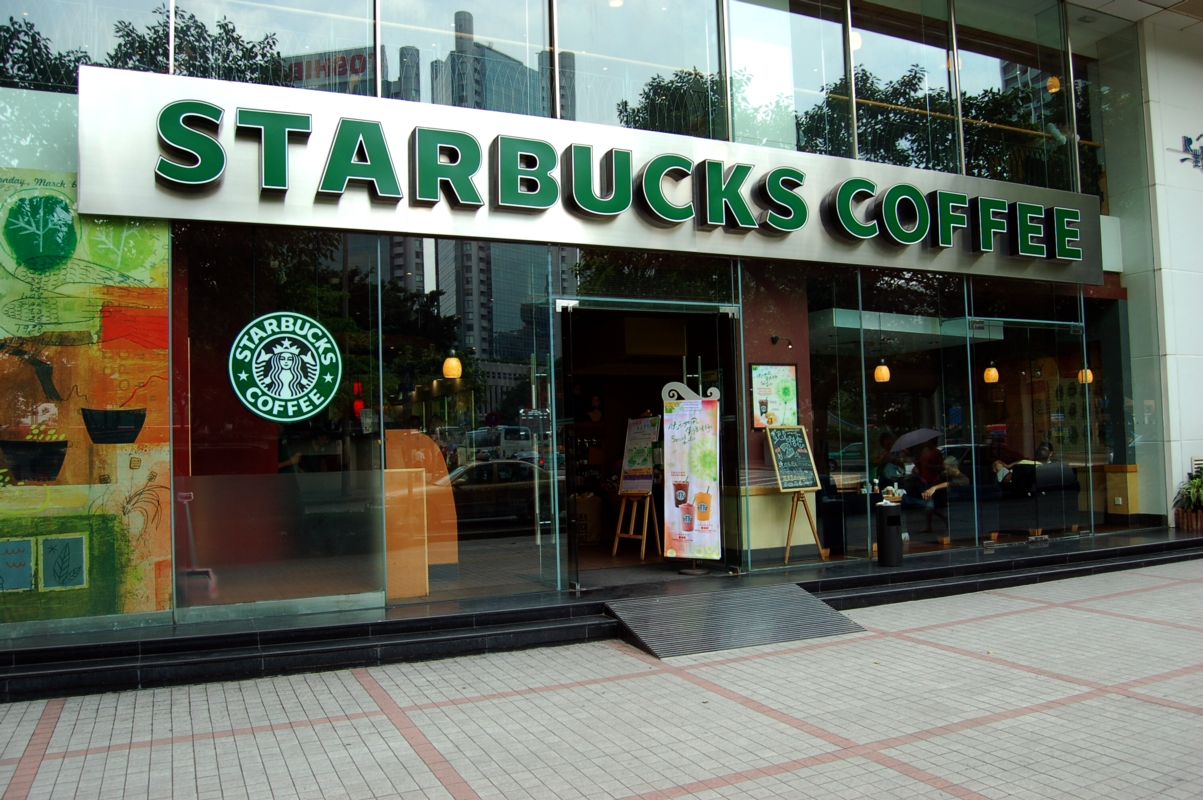
As consumers have increasingly relied on the conveinence of takeout for our meals, an exploential growth of plastic waste has followed. In China alone, over five million delivery orders per day are placed on Eli.me, the country’s most popular online food delivery startup.
However, this comes at a time when it is being shown that only 40% of plastic waste makes it into collection systems in several Asian countries, including China, with a significant portion of this waste ending up in landfills or waterways.
It is a challenge that can only be expected to grow, so in lieu of changes in regulation or materials, we asked ourselves: Is there a way to limit personal, daily consumption of lunchtime plastic waste?
AN EXPERIMENT: TAKING ON TAKEAWAY
Collective Responsibility believes that you, as a consumer, hold the power to limit plastic waste. There are many small ways to limit plastic and takeaway waste in China that can really stack up when brought to scale in the most populated nation on the planet.
One is to start using your own reusable takeaway boxes, water bottles, and thermoses when ordering takeaway. You’ll decrease your personal plastic consumption, and depending on the establishment, you might even save some coin by not paying for that extra bag or box.
We practice what we preach, too. Collective challenges our employees to use personal lunch boxes, rather than plastic takeaway packaging as part of our lunchtime routine.
But because we’re researchers, we took this challenge one step further: an experiment, a test in the real world.
Collective Responsibility visited over 20 takeaway restaurants in the Shanghai area, interviewing employees from the smallest mom-and-pop dumpling stand to international chain restaurants, in order to get the bigger picture on lunchtime plastic waste. At each store, Collective Responsibility identified whether or not the stores allowed takeaway in personal Tupperware.
Here are our results!

CHINESE-STYLE RESTAURANTS
Chinese restaurants already have a strong culture of takeaway service. Many of the employees at the restaurants were unsurprised by the request to use personal lunch boxes. In fact, one customer at a 麻辣烫 restaurant (málàtàng, “hot pot”) said she frequently brought her own bowl in order to get a larger proportion of food!
Although this may not be a sustainability incentive, it shows that many restaurant policies and infrastructure are conducive to encouraging sustainability initiatives in takeaway culture.
Food
Collective was able to use personal lunch boxes in each of the Chinese establishments visited. These include chain restaurants, such as 吉祥馄饨 (Jíxiáng Húntún, “Lucky Wonton”) and 桂林米粉 (Guìlín Mǐfěn, “Guilin Rice Noodles”), as well as smaller food stands.
Beverages
In our investigation, we were unable to use a personal thermos or takeaway cups at bubble tea drink stands, such as Daska Tea and Coco. This was due to a specific lid that the company seals their drinks in, which cannot be placed in a thermos.

Western-style RESTAURANTS
Collective Responsibility anticipated more resistance to personal takeaway from Western-style restaurants, due to potential international regulations or restrictions. However, each Western-style restaurant we visited allowed the use of personal Tupperware as well, exceeding our expectations.
Food
Collective Responsibility visited ten western restaurants, including Wagas, Subway, KFC, Papa John’s, and Carl’s Jr. Each restaurant allowed takeaway in personal lunch boxes; however, there were limitations due to the style and size of the food. Whereas meals like rice or noodles from the Chinese style establishments can be spooned and spread into most boxes, you might need to have a little more forethought when it comes to Western food. For example, a good box should be able to accommodate the size of a pizza slice, salad, fries, and so on.
Trying to cram KFC’s family bucket of wings into a box the size of your hand? You might want to rethink that. Just some friendly advice.
Beverages
Pacific Coffee, Starbucks, and Zoo Coffee each allowed drink takeaway in personal cups. In fact, Starbucks has a policy that requires employees to allow takeaway in personal containers. These stores also provide porcelain cups, which are a great sit-in option.

CONCLUSIONS AND BARRIERS OF CONSUMER BEHAVIOR
We’ve found that local and national eateries are generally fair game for the Tupperware Challenge. And when it comes to getting your fried chicken fix or that desperate pizza slice, using Tupperware boxes is definitely feasible, but might take some planning. 
With some exceptions, bringing your own containers for food and drink takeaway is a good strategy for not only decreasing your plastic waste consumption but also saving some money – and if you’re lucky, you might even get a little more bang for your buck.
Give it a try, and get creative! Let us know about your outcomes for the Tupperware Challenge at your favorite lunchtime spot. We’d love to compare notes.
As the saying goes, “old habits die hard.” We understand; the forethought and planning needed to bring personal takeaway box and cup are not always convenient. In many ways, the Tupperware Challenge encourages a small lifestyle change.
And while Collective Responsibility invites you to challenge yourself to take the extra initiative to bring one’s own lunch boxes every once in awhile, we do recognize that larger industry solutions and government solutions are also necessary for managing plastic waste in China.
Hopefully, making this small personal step towards decreasing consumption, multiplied across the millions of consumers using takeaway and order-in every day, can get some momentum going in the right direction.
You might also be interested in this:
Green Initiatives is running the KEEP IT (C)UP Campaign, which aims to cut the environmental waste generated by disposable cups, a large contributor to our waste and landfill problems. Check it out to learn more!

This article was written by Kendall Tyson, Research Analyst at Collective Responsibility.
